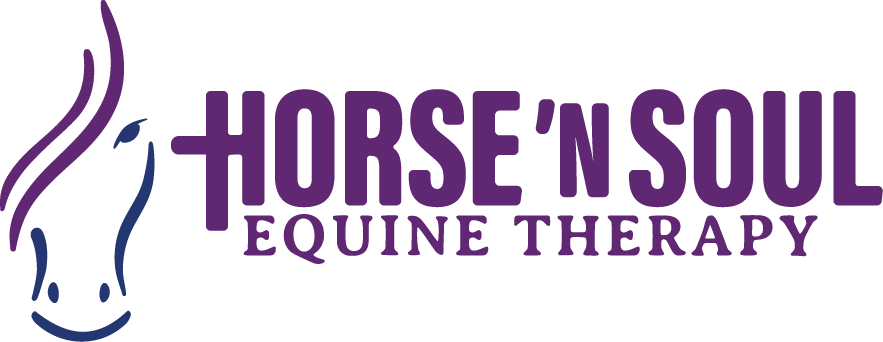Therapeutic Riding
Gain strength, balance, coordination, and confidence from a graceful and mighty four-legged teacher.
What is Therapeutic Riding?
Also known as adaptive horsemanship, therapeutic riding is an equine-assisted activity for people with physical, cognitive, or developmental needs or disabilities. It improves their strength, fitness, and well-being so they can meet the challenges of daily life.
Here are some features of therapeutic riding:
-
It’s On the Horse
Therapeutic riding usually consists of strengthening exercises on the horse, without a saddle. But depending on the rider, it may include adaptive riding lessons in the saddle as well.
-
It’s On the Ground, Too
As with equine-assisted therapy, therapeutic riding includes horse care activities that help riders build a bond with the horse.
-
It’s a Change of Scenery
People with physical, cognitive, or developmental disabilities often spend their time in the same set of spaces. Therapeutic riding gets them out into wide open spaces.
-
It’s an Instant Transformation
For people with physical disabilities in particular, therapeutic riding is an exhilarating change from their daily experience. They can ride just as any other person would.
-
It’s Fun
Traditional therapies for disabilities can be taxing on the body and mind. Therapeutic riding is recreational, freeing, and fun.
-
It’s a Team Effort
Along with the rider and the horse, therapeutic riding includes a certified instructor, a side walker if the rider needs one, and possibly a physical or occupational therapist.
Physical and Developmental Conditions
Alleviated by Therapeutic Riding
Almost no ailment or injury is beyond a horse’s ability to help.
Physical Disabilities
- Cerebral palsy
- Spinal cord injuries
- Multiple sclerosis
- Muscular dystrophy
- Amputations
Neurological Conditions or Intellectual Disabilities
- Stroke
- Traumatic brain injury
- Autism spectrum disorder
- Down syndrome
- Dementia
Do any of these describe you? Or your child? We can help.
Why Horses?
Their natural design makes them perfect physical therapists.
Horses walk as we walk. There’s no animal or machine that mimics the human gait as closely as a horse does.
Horses help riders experience a natural walking motion, which stimulates the muscles and brain activity that walking uses.
One full movement cycle of the horse is four steps. During this cycle, the rider’s shoulders and pelvis move in a complete circle.
This continuous, complete movement helps riders improve their range of motion, stability, and circulation.
Horses walk, trot, canter, and gallop. Each gait has a different speed but a steady cadence.
The consistent, repetitive gait helps riders build endurance, coordination, and peace of mind.
A horse and rider is an organic partnership. As the horse warms up, heat transfers to the rider, whose muscles stretch and develop.
The heat transfer of riding builds muscle tone, flexibility, and control.
Horses are attuned to our body language and energy. They respond quickly to their rider’s movement and intent.
Even people who struggle to speak or articulate themselves can communicate with a horse.
Horses are wonderfully large and strong. They carry riders who need extra accommodations and never make them feel like a burden.
Horses have the size and strength to empower their riders.
Horses suffer illness and injury too. And yet, with some encouragement, accommodations, and practice, they regain strength, learn new skills, and help us in new ways.
They show riders that it’s less about what you can’t do, and more about discovering what you can.
They show you that you’re not alone and never beyond help.
Horses meet any rider right where they are, physically, mentally, and emotionally.
Horses are a safe space. For them, any rider is already good enough.
Therapeutic Riding and Adaptive Horsemanship Activities
On-the-ground interaction with horses fosters everyday skills for life.
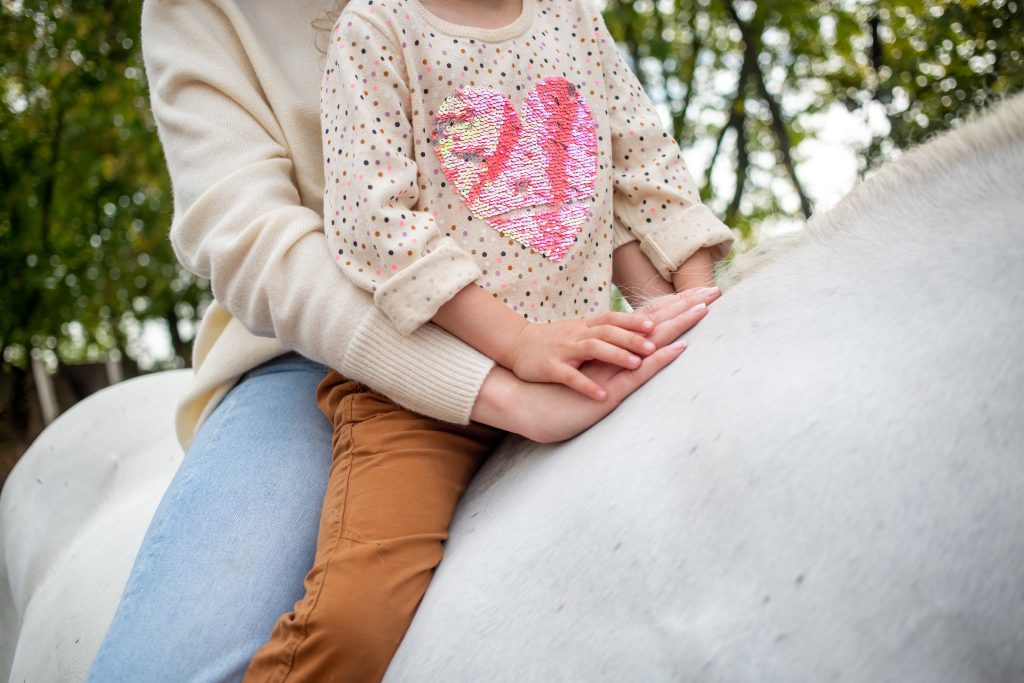
Riding in a Circle
Therapeutic riders are usually on the horse without a saddle. As the horse walks, trots, or canters, the movement helps riders engage muscles in their core, legs, hips, back, shoulders, and neck.
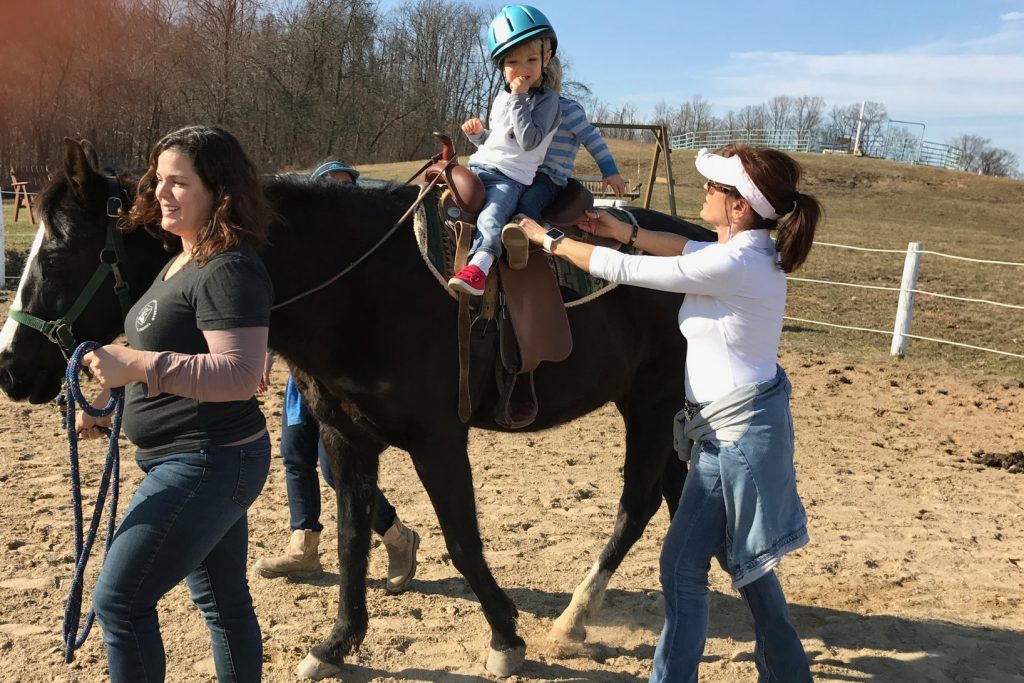
Riding over Ground Objects
For this activity, therapeutic riders may be saddled as the horse walks over small poles. This movement helps riders build posture and balance.
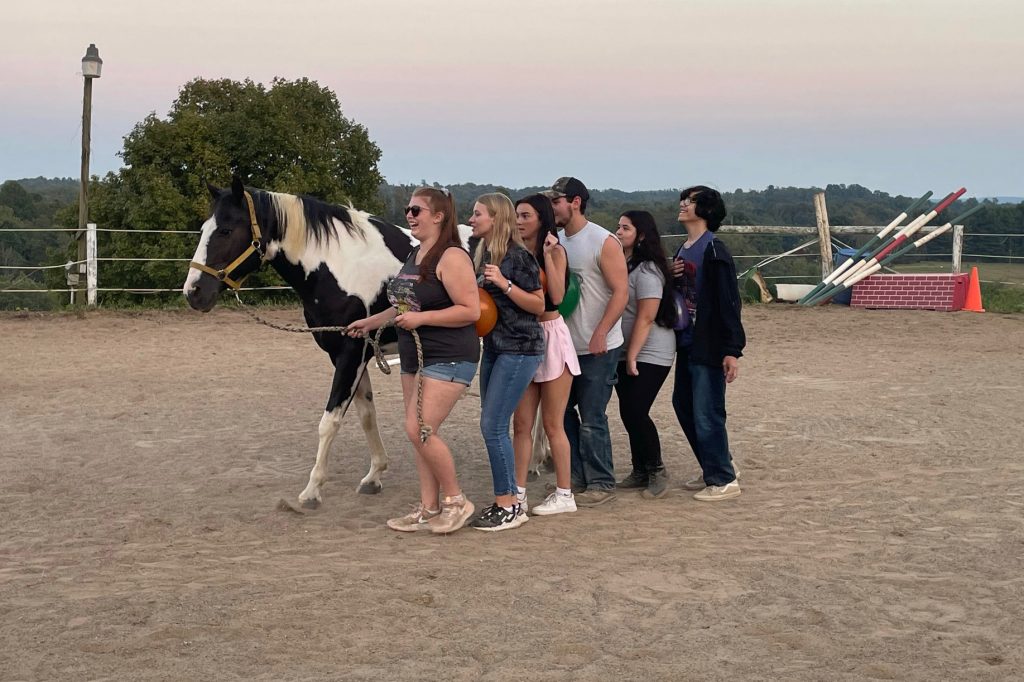
Riding Games
Therapeutic riders can play games like ball toss or Red Light Green Light on horseback. Riding games improve their communication ability, spatial recognition, motor control, and reflexes. They’re also fun!

Dressage
Many therapeutic riders can train in this specialized style. In dressage, the rider uses subtle cues to guide the horse through a series of movements that demonstrate the horse’s grace and intellect.
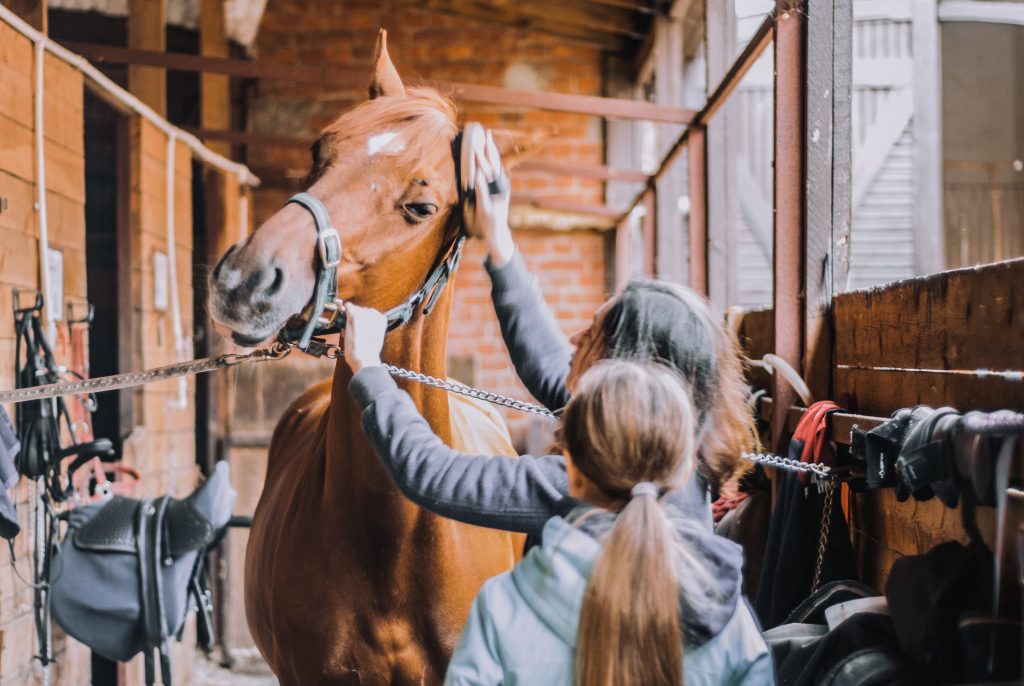
Grooming and Care
Beyond mounted activities, therapeutic riders can complete horse care activities like grooming and feeding. This helps them regulate their emotions, build empathy, and assume responsibility. It also gives them great joy.
Benefits of Therapeutic Riding at Horse ’N Soul
A better quality of life awaits you and your family.
The activities in therapeutic riding build the physical, mental, developmental, and social skills that improve self-reliance. They enable you or your child to better manage life, work, school, and relationships.
For therapeutic riders and their families, Horse ’N Soul is a respite from the rigors of everyday life. It is a place that empowers them, eases their burdens, and helps them have fun.
Therapeutic riding builds physical strength in ways that traditional therapy struggles to match. Horses have a unique ability to engage muscles that are otherwise difficult to target.
People who live with disabilities or chronic conditions are capable of so much. Therapeutic riding and adaptive horsemanship help them discover and experience how true that is.
Therapeutic riding gives people with challenges some wins under their belts. They develop faith in themselves and apply it to everything they do outside of the barn, too.
The relationship that therapeutic riders build with their horses is special. The horses listen to them and come to know them well. It is a sweet and beautiful friendship.
